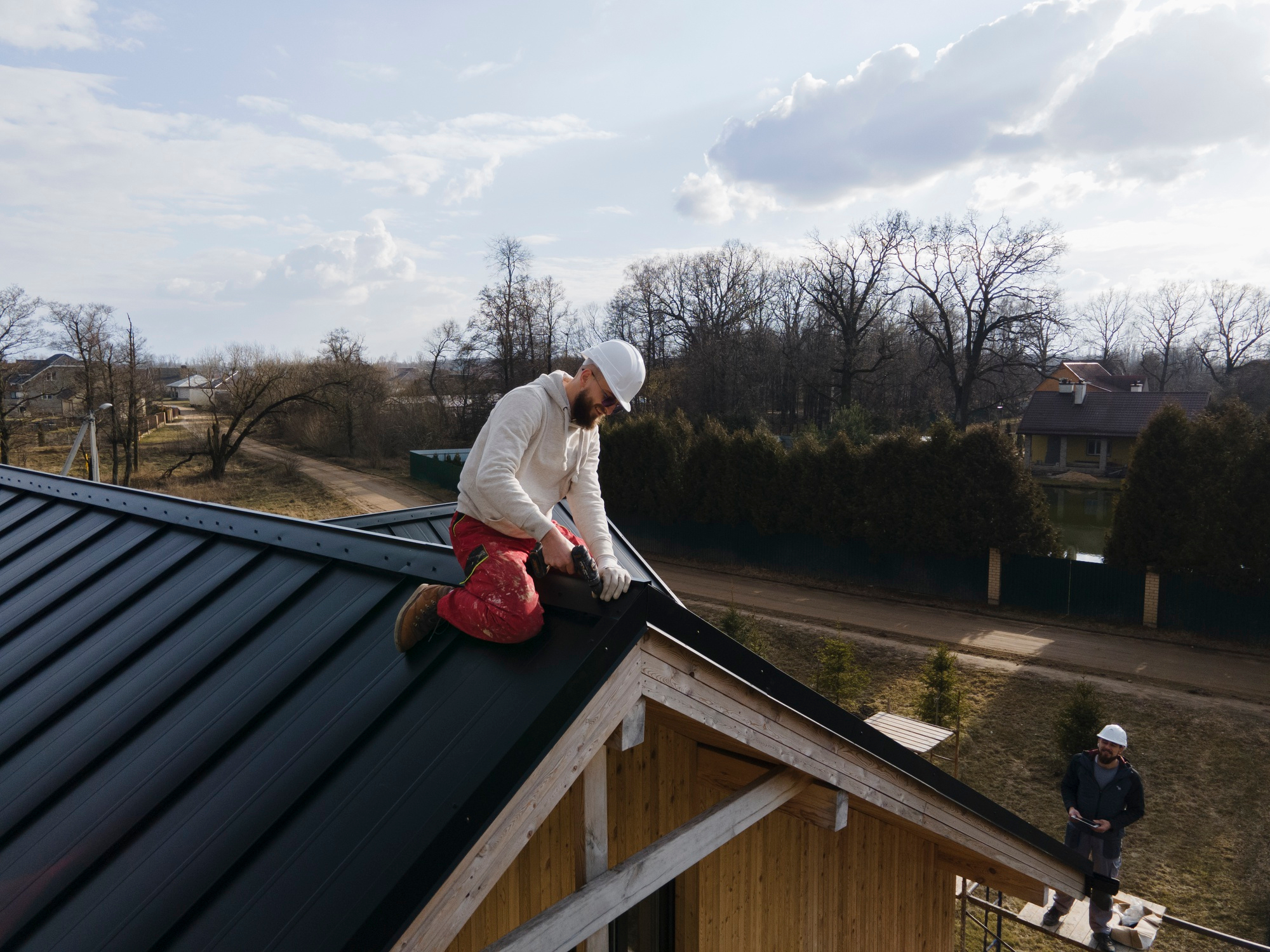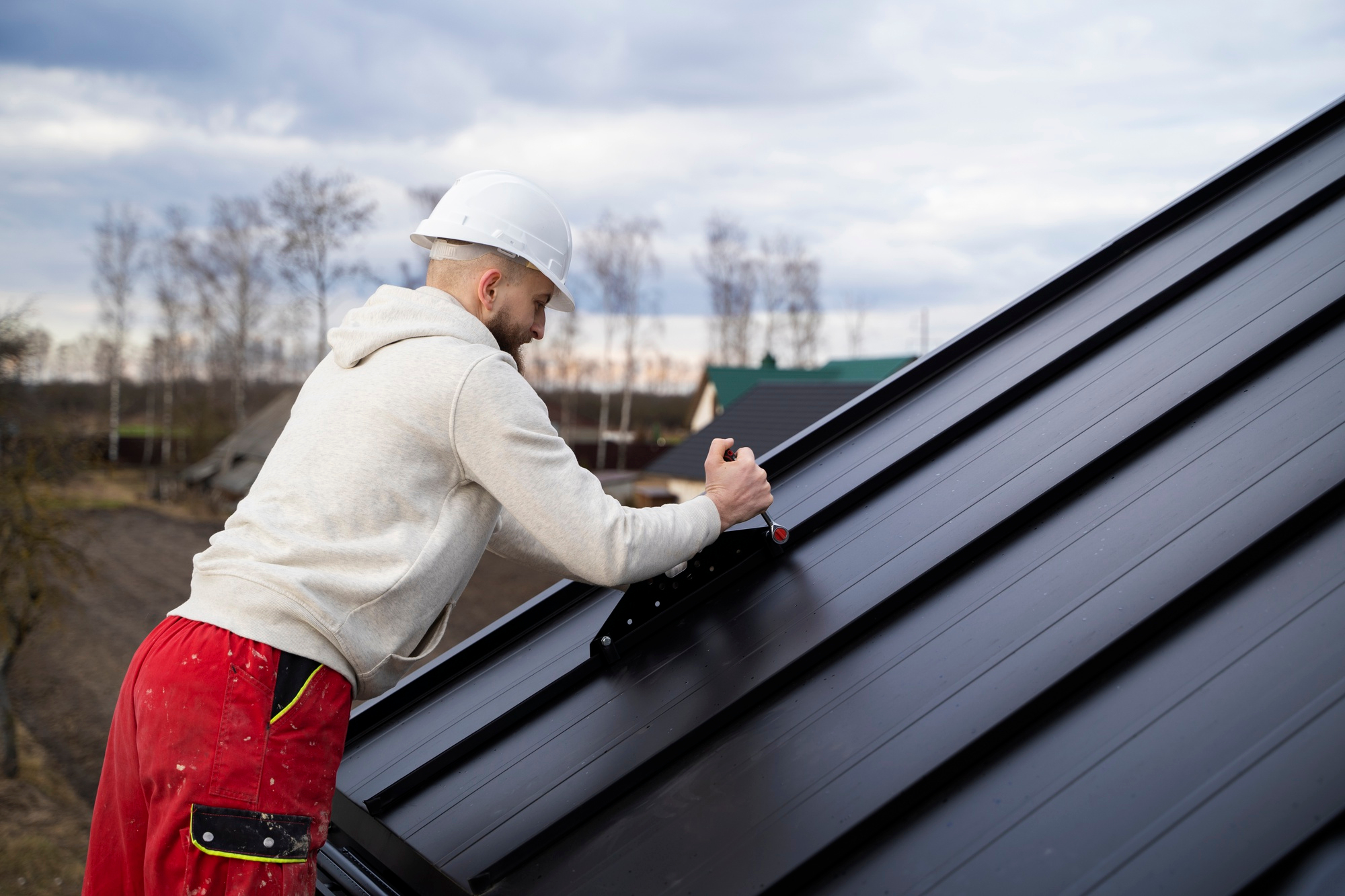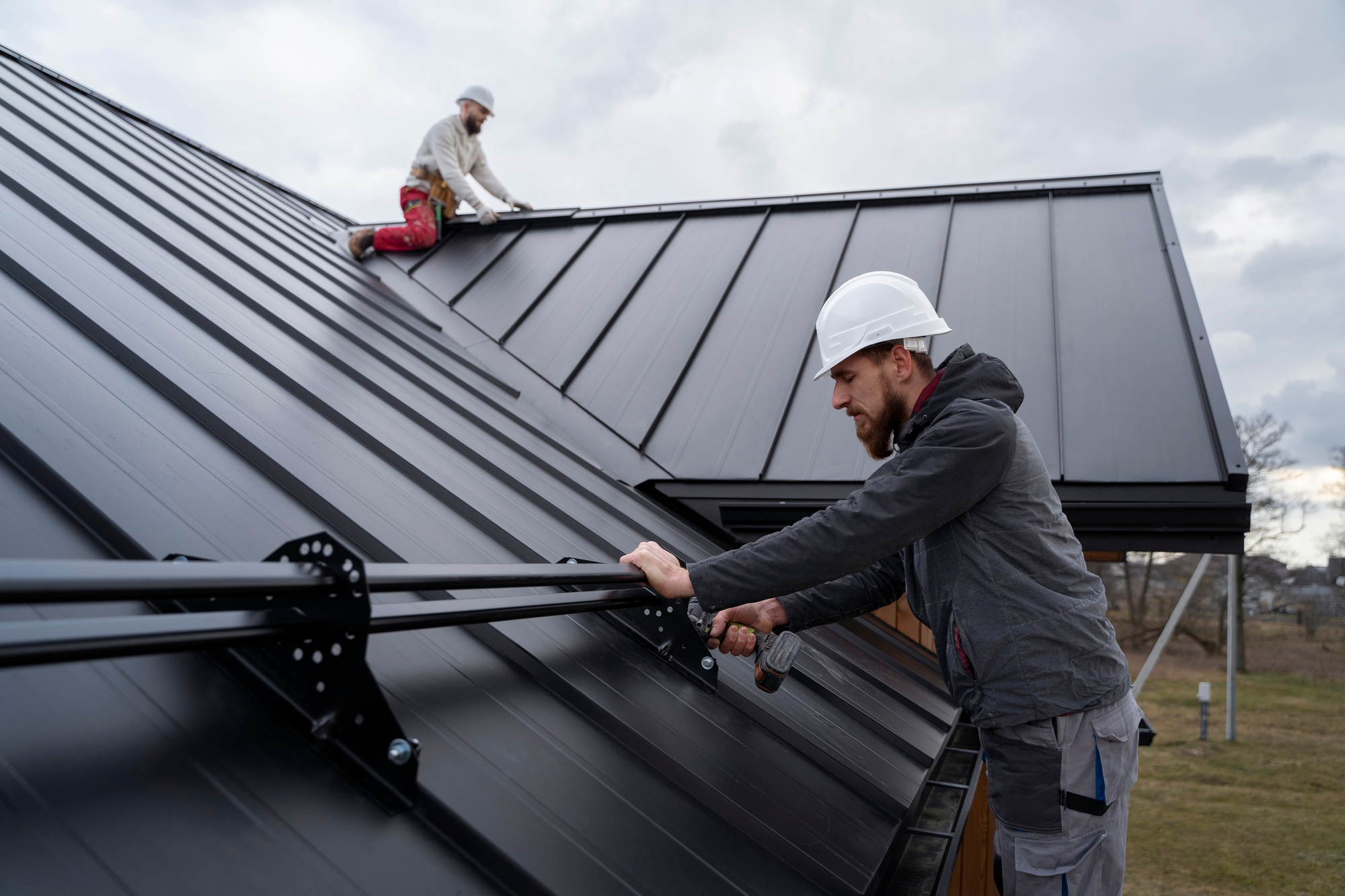Storm damage isn’t just a homeowner’s concern: it impacts everything from project timelines to crew safety. In the Pinetop-Lakeside region, roofing crews face seasonal shifts that can affect how, when, and where we install.
If we’re responding to emergency calls after a storm or performing routine roof installation Pinetop Lakeside, there are a few things every All Custom Exteriors team member should keep in mind. This blog offers insights from the field to help our crews stay ready, especially when handling storm damage roof repair Pinetop Lakeside.
- Timing Matters: Plan Installs Around Forecasts
Afternoon storms in Pinetop-Lakeside can hit fast and hard. Roofing work is inherently weather-sensitive, but in this area, it’s crucial to monitor weather windows closely.
For any planned roof installation in Pinetop-Lakeside, avoid midday starts if rain is on the radar. Crews should aim to complete tear-offs and underlayment before noon if the forecast indicates unstable conditions. That way, materials don’t sit exposed, and timelines stay intact. Coordinators and site leads should always build buffer days into their planning for this area.
- After-Storm Calls: What to Look for in Initial Assessments
When homeowners call us after a storm, they’re often overwhelmed. Clear communication is key, but so is consistency in what we inspect. Teams performing storm damage roof repair Pinetop Lakeside should run through a standard checklist at every site visit:
- Missing shingles or torn flashing
- Tree damage, especially at ridges and valleys
- Signs of hail bruising or granule loss
- Soffit or fascia separations
- Gutter displacement or clogging
Taking detailed notes and photos helps us make sure that the office staff can create accurate proposals and streamline insurance-related conversations. When repairs are urgent, crews must document the damage quickly and clearly to expedite approvals.
- Safety Comes First in Slippery or Windy Conditions
Steep or high roofs in this region are standard, and those become more dangerous in post-storm conditions. Wet decking, loose debris, and gusty winds require extra caution.
When tackling storm damage roof repair in Pinetop-Lakeside, crews should use additional fall protection and avoid working on slick roofs during early morning dew or after rain. Supervisors should inspect all safety equipment before each shift, with no exceptions.
- Communicate Expectations Clearly with Homeowners
Clients aren’t always familiar with roofing terminology or processes. After a storm, they may expect immediate repairs or misunderstand what “temporary protection” means.
It helps when crews explain the process in plain language. For example:
- “We’re adding a waterproof underlayment today to stop any active leaks. We’ll return once the material order is in for the full shingle replacement.”
- “This tarp is a short-term fix. We’ll secure your roof, and our team will call you tomorrow to confirm the next steps.”
Simple, clear communication avoids confusion and builds trust, especially valuable in storm recovery situations when emotions may be high.
- Stay Ready for Insurance Coordination
Many storm repair jobs involve an insurance adjuster. If our teams are proactive, we can help make that process smoother for both the client and our admin team.
When on-site, take photos of any visible storm damage from multiple angles, document the location of each issue, and log the approximate time and weather conditions when the damage is likely to have occurred. This info can be included in the customer’s claim file.
Even for planned roof installation Pinetop Lakeside, clients may ask us how to file a claim or wonder if hail from a recent storm will affect their new roof. Our teams don’t need to offer legal advice, just keep responses factual and direct.
- Follow a Region-Specific Material Approach
Pinetop-Lakeside homes range from cabins to custom-built houses, and many have steep pitches or unique trim elements. This affects how we order and install materials.
For example, many storm damage roof repair jobs in this area involve metal valleys, snow guards, or high-profile shingles. Crews should check existing product types and note any custom fabrication needs early. A small delay for specialty flashing can derail an otherwise on-time job.
For full roof installations in Pinetop-Lakeside, account for attic ventilation and ice-and-water shield use. This region gets cold enough to need added protection, and skipping this step means risking ice dams and future leaks.
- Keep the Paper Trail Tight
Crews play a crucial role in maintaining the accuracy and clarity of our job documentation. That’s especially true on storm-related projects, where insurance companies often request extra detail.
At close-out, make sure every job file includes:
- Start and completion photos
- Details of all materials used
- Any deviations from the original plan (e.g., added ridge vents or decking replacement)
- Notes on communication with the client
The more thorough the paperwork, the easier it is for our back office to support warranty claims, follow-ups, and client questions.
- Celebrate Small Wins with the Team
After a tough repair or a long roof installation, take a few minutes to acknowledge what went well. It could be a new team member’s first full job, or how the crew handled a difficult client interaction.
Recognition, even a quick shout-out in the crew group chat, keeps morale high. Teams working in storm conditions are under extra pressure, and when they perform well, it deserves to be seen.
Final Thought
Working in Pinetop-Lakeside means dealing with the unexpected. The weather turns fast, homes can be older or custom-built, and storms can leave clients anxious. But All Custom Exteriors teams are equipped to handle it.
With clear processes, strong communication, and a safety-first mindset, we can continue to deliver repairs and installations that earn trust. Whether responding to storm-damaged roofs or planning a smooth new roof installation, we’re here to help clients recover and help each other improve.













.png)



.png)


.jpg)





.png)

